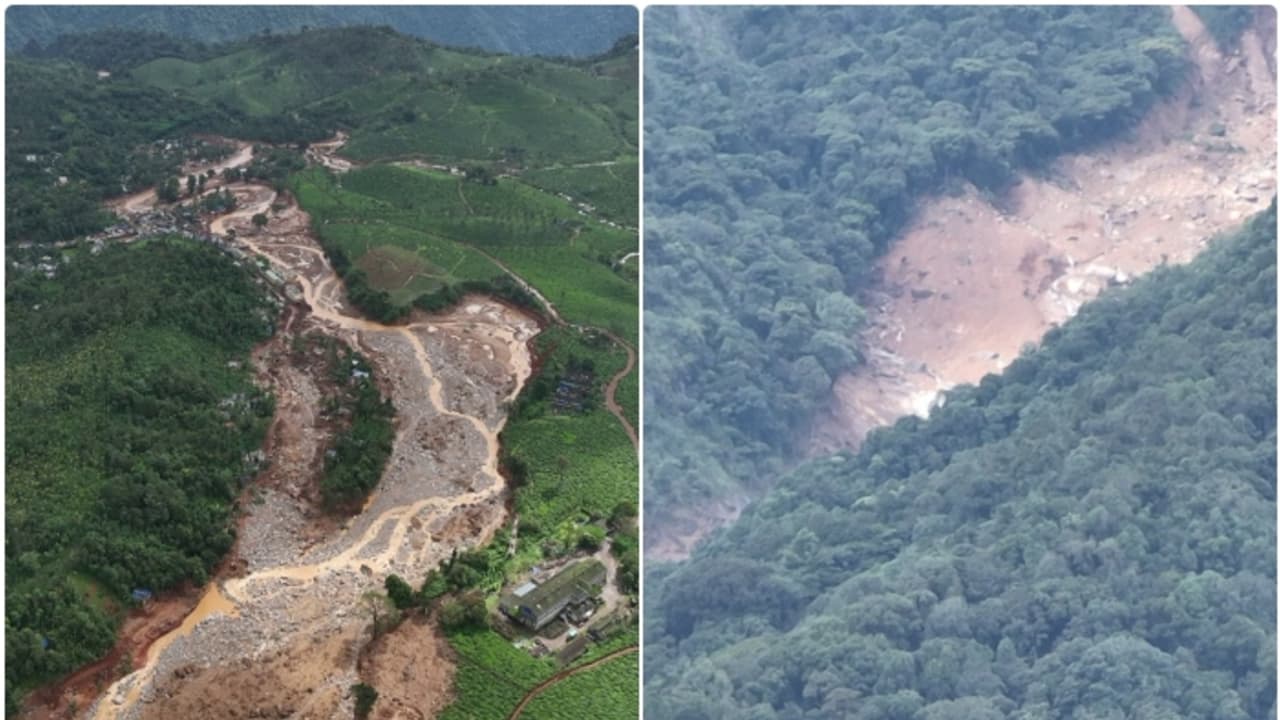Researchers from IISER Mohali have issued a warning that heavy rains could trigger another landslide in the Mundakkai-Chooralmala area, where large boulders and loose soil remain unstable following a recent landslide. They caution that debris from the previous landslide could cause a damming effect, leading to a potential disaster if not addressed.
Wayanad: Researchers from the Indian Institute of Science Education & Research (IISER) Mohali have warned that the remnants at the epicenter of the landslide in Mundakkai-Chooralmala could potentially trigger another disaster. The researchers caution that if the northeast monsoon (Thulam rains) intensifies, the unstable rocks and soil could flow down with force. The study by IISER Mohali indicates a possibility of a "damming effect" caused by the rocks lodged in the fissure near Punchirimattam. The report also suggests that heavy rainfall could lead to another landslide. Asianet News obtained this report from IISER Mohali.

Wayanad landslide: Affected individuals struggle after delay in government compensation
Experts who visited and studied the disaster site at Mundakkai Chooralmala have assessed that the intensity of the landslide was amplified by a "damming effect," or the phenomenon of a natural dam formation. This occurs when rocks, soil, trees, and debris accumulate along the path of a landslide, creating a blockage that could burst and cause further destruction. With the northeast monsoon (Thulam rains) approaching, IISER Mohali researchers have warned that heavy rains could trigger such a scenario.
Considering this, adequate precautions must be taken, warns the team of researchers from IISER Mohali. The remnants of the 2020 landslide were still present in the same river basin, which might have amplified the force of the landslide on July 30, according to an assessment by the team led by John Matthayi. The study from IISER Mohali should be read in conjunction with this analysis.
The recent study has found that the Mundakkai-Chooralmala landslide had an impact 35 times greater than the Pettimudi disaster. The debris in the water of the Chaliyar River was significantly higher following the landslide. However, since the debris quickly flowed into the sea, the aquatic life in the river was not severely affected. As experts examined the safety of residential areas in Punchiramit and Mundakkai, as well as Chooralmala, IISER predicted the possibility of another disaster. The study was led by Dr. Sajin Kumar, Dr. Yunus Ali Pulpadan, and Prof. Gireesh.
